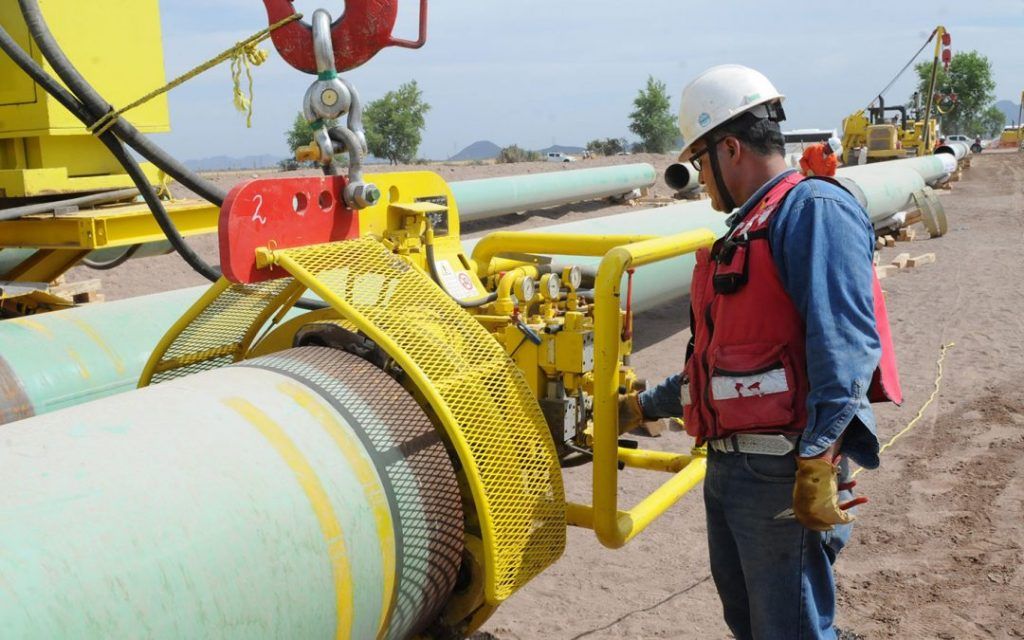Alpek’s plans to distribute natural gas in Brazil are part of its strategy for this business in which it already participates in Mexico.
In the first quarter of 2025, Alpek reported a 9.9% year-over-year decline in revenues, to US$1.715 billion, and an 18.2% decline in comparable EBITDA, to US$126 million.
According to Petrobras, the Brazilian natural gas market is becoming increasingly competitive as new suppliers gain access to local distributors and, more importantly, to industrial customers.
This change is due in part to recent reforms in Brazil’s legal and regulatory frameworks.
Alpek’s plans
The company reported Tuesday that it continues to invest in innovation and diversification.
“Since its creation in 2018, Alpek’s natural gas business has grown to become one of the leading domestic distributors in Mexico, and we are now preparing to expand into Brazil and the clean electricity business,” Alpek said in its first 2025 quarterly report.
Additionally, Biovento biofertilizer recently received approval for commercialization in California, strengthening the company’s portfolio of sustainable products.
In Mexico, Pemex continues to be the sole supplier of natural gas. This product is sold based on spot market prices in South Texas, United States. However, this market has shown high volatility in recent years.
In addition, the Comisión Federal de Electricidad (CFE) is the decentralized public entity in charge of generating and distributing electricity in the country. Electricity rates have also been affected. This is because electricity production is highly dependent on natural gas, the price of which changes frequently.
Natural gas
Alpek has signed several derivative agreements with different counterparties. The purpose is to hedge against rising prices of natural gas and other raw materials.
In particular, hedges related to natural gas are designed to reduce the impact of possible increases in the price of natural gas. These strategies help mitigate the risks associated with market volatility.
In addition, the central objective is to maintain more stable prices. To achieve this, positions are taken to forecast steady cash flows. This reduces cost uncertainty.
It should be noted that the reference price for natural gas is based on the Henry Hub index of the New York Mercantile Exchange (NYMEX).

